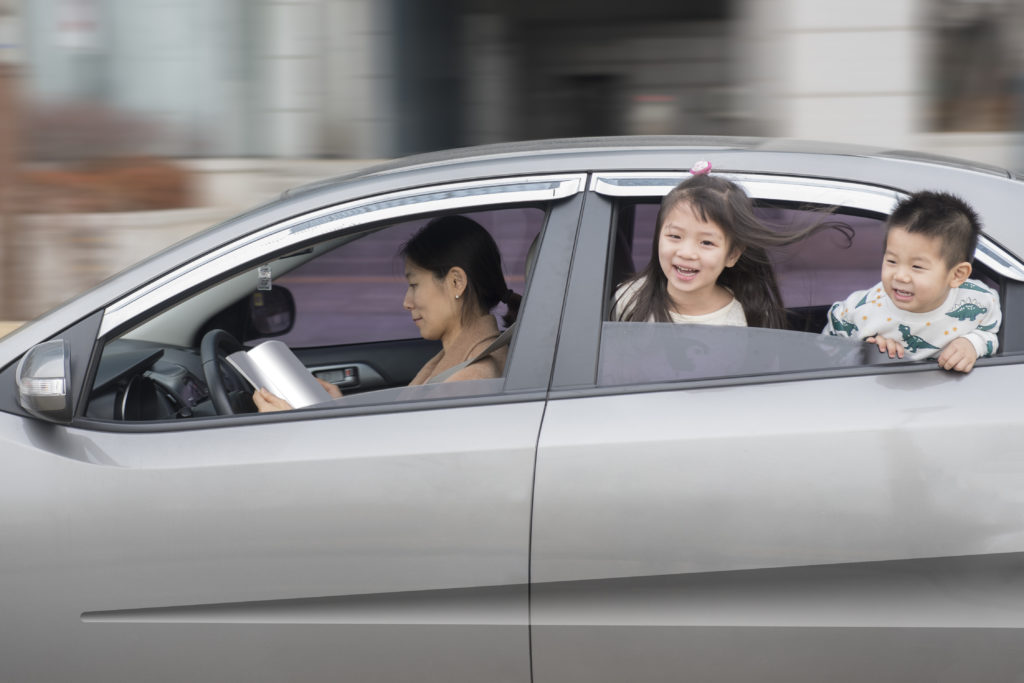
It appears we are on the precipice of entering into the era of the autonomous vehicle.
But, what exactly does the term “autonomous vehicle” mean? In their recent report, “Connected and autonomous vehicles (CAV) the future,” the House of Lords Science and Technology Select Committee define autonomous vehicles as:
“… those in which operation of the vehicle occurs without direct driver input to control the steering, acceleration, and braking and are designed so that the driver is not expected to monitor constantly the roadway while operating in self-driving mode”.
Depending on what type of individual you are, this is either a very exciting, or truly horrifying concept.
The definition of “autonomous” is complicated in the context of vehicles, in that “autonomous” does not necessarily mean independent operation of a vehicle from a driver. Instead, there are six differing levels of automation, relating to road vehicles.
“Vehicles: The UK Economic Opportunity” illustrates the six different levels of autonomy as:
- Driver Only. The driver is continuously in control of speed and direction.
- The driver continuously performs the longitudinal or lateral dynamic driving task, whereas the other driving task is performed by the system. An example of this level of automation is park assist.
- Partial automation. At this level, the driver must monitor the dynamic driving task and the driving environment at all times. The system will perform longitudinal and lateral driving tasks in a defined use case. An example here is traffic jam assist.
- Conditional automation. The driver does not need to monitor the dynamic driving task nor the driving environment at all times, however they need to always be in a position to resume control. The system performs longitudinal and lateral driving task in a defined use case. The system recognises its performance limits and requests driver to resume the dynamic driving task with sufficient time margin. An example of this would be highway patrol.
- High automation. The driver is not required during the defined use case. This means that the system performs the lateral and longitudinal dynamic driving task in all situations in a defined use case, such as urban automated driving.
- Full automation. The vehicle’s system would perform the lateral and longitudinal dynamic driving task in all situations encountered during the entire journey. No driver would be required for a full end to end journey.
As we live in an increasingly digitised world, we rely ever more on technology in day to day life. People have already got used to autonomous concepts in vehicles such as cruise control and park assist, which are designed to aid the driver. Over time vehicles will offer increasingly automated options in each new model. Eventually it will feel natural to “hand over the reigns” to technology, sit back, relax and let the car do the driving!
Kate is a solicitor at Stephens Scown who champions electric vehicles and alternative fuels. To contact Kate or the energy team, please call 01392 210700 or email energy@stephens-scown.co.uk.
